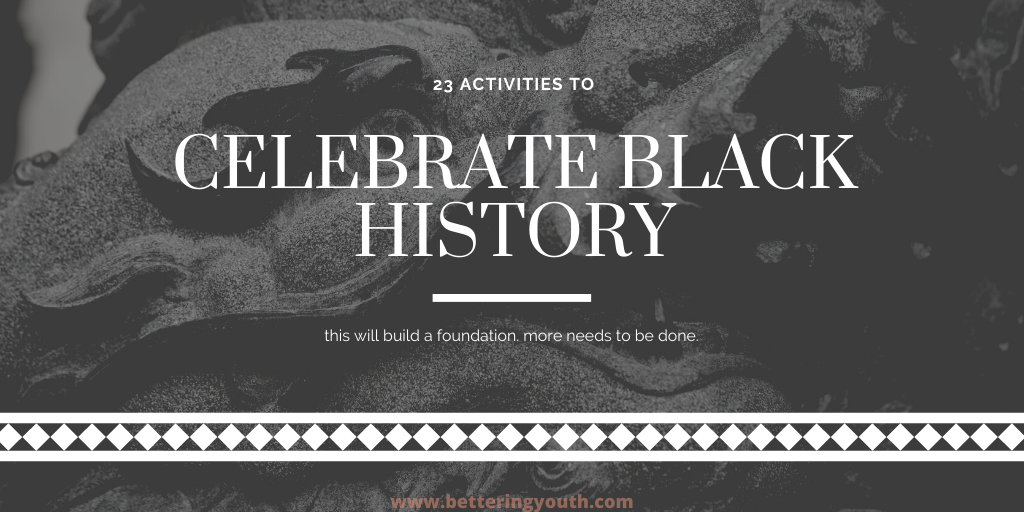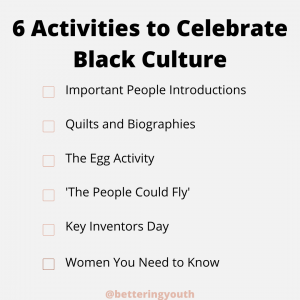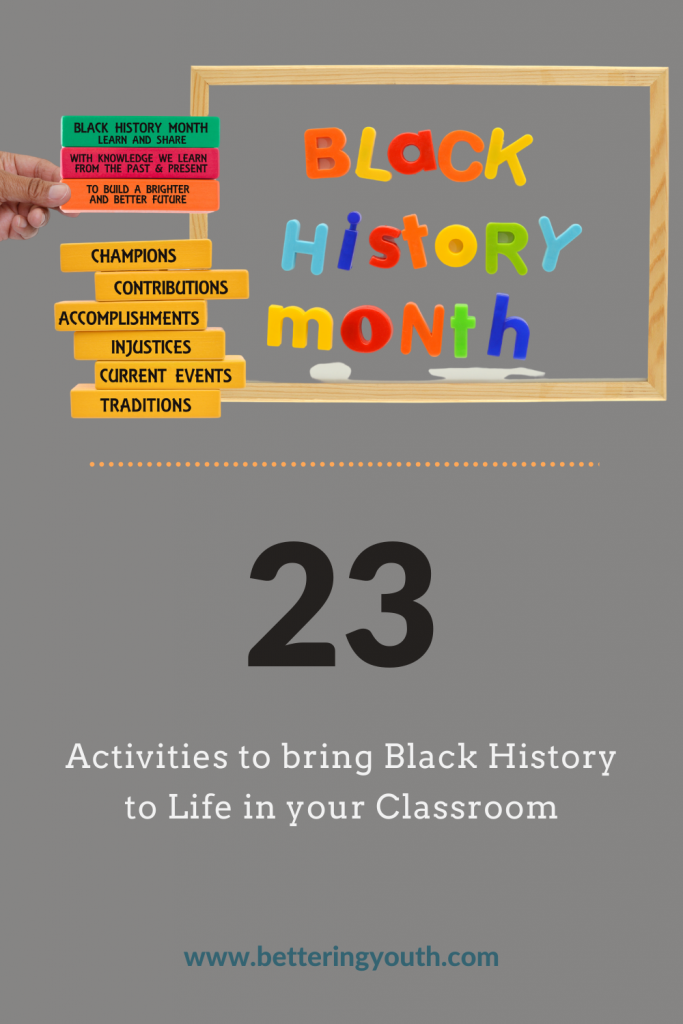October is celebrated as Black History Month in the UK. This celebration encourages all citizens to take time to become educated on the history and the impact of African American peoples within this country.
Perhaps unwittingly, October 10th is also World Mental Health day. I believe the coincidence should not be overlooked as the two are incredibly intertwined.
In February of 1926, Carter G Woodson established African Caribbean celebrations in America. During one of his visits to the US in the 1970s, Ghanaian-born Akyaaba Addai Sebo, a special projects officer at the Greater London Council, founded the UK’s version of Black History Month in 1987.

Why does the UK celebrate Black History Month in October?
Unlike the North American celebration held in February, the United Kingdom celebrates Black History month in October. There are two reasons for this.
- Traditionally, October is when African chiefs and leaders gather to settle their differences, so Akyaaba chose this month to reconnect with African roots.
- Additionally, many thought that since it was the beginning of the new academic year, October would give Black children a sense of pride and identity. (Bristol)
This month however, I hope that we can take it beyond October. It’s more important than ever that we take responsibility for educating children on the complex and diverse beauty of our world – and not just in specific months.
2020 has held up a mirror that shows us the shadows of our current way of life and calls on each of us to do better.
Black History and the UK Curriculum
To this day, no school is mandated to teach a more diversified history.
The Black Curriculum is an organisation founded by Lavinya Stennett. She was frustrated by the limited amount of Black history she was taught, and how most of it was discussing events in America – not in the UK.
This curriculum now runs programmes for children and young people all over the uk. It includes learning opportunities like poetry and drama to help children get to grips with Black history.
London specific events and activities to celebrate Black History Month
Throughout October, Black History Month is being celebrated with over 6,000 activities and events held across the UK. It is easy to find ways to connect, listen and learn about the profound impact the black community has held in shaping the United Kingdom’s past and present.
The Museum of London is hosting many talks and events that will help to provide a perspective for adults and older teens.
Black History Month UK is a website that hosts school resources, news articles, and great links that can be used to research impactful individuals.

6 Classroom activities to celebrate Black culture
Currently, Black History is not a mandatory part of the English Curriculum. While some schools have elected to touch upon it within History classes, it is often done quickly. The main theme taught within the classroom is slavery.
“You may think you’re teaching us, (…) but all you’re doing is telling us that we were nothing but slaves. That’s not fair because black history is way bigger than slave trade.” – Abraham
Below I have included 6 activities that can provide a great starting point for educating children of the profound impact Black lives have played (and will continue to play) in shaping our past, present and future.
- Important People Introductions:
Adrienne, blogger of Adrienne Wiggins, writes about how she uses necklaces as an opportunity. She made ‘necklaces’ that held a biography of someone she felt her students should. The activity is simple: each day, the children would get a new person to learn about and during partner talk and break times, they would have the opportunity to teach their peers. - Quilts and Biographies:
Jenny, blogger of Jenny Knappenberger, shared her activity that blends English, History and Art. While she wanted her class to research some impactful people, she also wanted to share this knowledge with others. Based on her belief that quilts are an integral part to Black culture, she created a tessellation ‘quilt’ design. This acts as a great backboard that would showcase these individual’s lives. - The Egg Activity:
Ashley, Kindergarten teacher and blogger of One Sharp Bunch, decided to use a visual representation to explore race and diversity. Ashley used brown and white eggs to ask her class to observe their colour, shape and size. After making note of these differences and similarities in their Science observation journals, they then cracked each egg and observed again. What they noted was the similarity of insides. This led to a great conversation about race which Ashley connected to Martin Luther King’s I have a Dream speech. - The People Could Fly
This is a book which tells African American folktales. Kristina Brooke Daniele, homeschooler and writer, has created a great lesson plan to accompany this book. She believes it embodies ‘the perseverance of the human spirit and the undying fight for freedom, even in the face of certain death.’ The activities include: looking at literary elements, comprehension questions and an author investigation. I believe this could also act as a great introduction to folktales for students in KS2. - Key Inventors
Cheryl, a preschool teacher, shares a list of 12 Inventors. It includes a summary of their accomplishments, and suggestions as to how you can bring them to life within your classroom(or lounge if you are homeschooling). The ideas range from drama to science. They are sure to help increase understanding and appreciation for the great inventions shared with us. - Women you need to know
Kristina Brooke Daniele shares the biographies of 10 black women pioneers. This webpage shares some incredible information about their life and their impact. At the end, there are even crossword puzzles and vocabulary activities. These will make a great spring board for biographies on historical figures who have offered our world much beauty and convenience.
As you can see, the focus here is not on the Slave Trade. Instead, this October (and every day), let’s use this as a spring board to celebrate and recognise the incredible impact this community has had on present day England.
6 documentaries to discuss Black History
Let me take this opportunity to suggest the powerful tool video can be within an education setting. Film can help some students understand or make sense of social interactions and can develop inferencing, deduction and critical thinking skills. Therefore, I suggest the following 6 documentaries and shows to use as the basis of conversation within the classroom.
- African Americans: Many Rivers to Cross
- Freedom Riders (Show #8)
- A History Of Black Achievement In America
- Slavery By Another Name
- Eyes on The Prize: America’s Civil Rights Years 1954-1965
- Ultimate Black History Month Documentary DVD Collection: The Black List 1 & 2 / Black America Since MLK – And Still I Rise / Yes We Can – The Barack Obama Story / When the Checks Stop Coming In
You are responsible for helping to shape our tomorrow. Let us take this responsibility in stride and ensure that these resources (and ALL Diversification resources) are available, celebrated and discussed in every room.
PIN IT FOR LATER


Pingback: November is Anti-Bullying Awareness Month - Bettering Youth